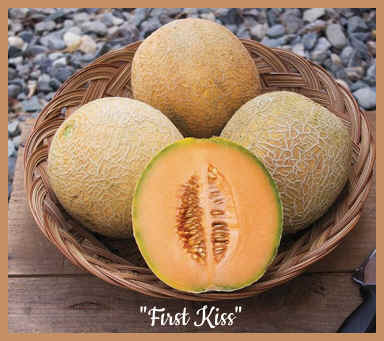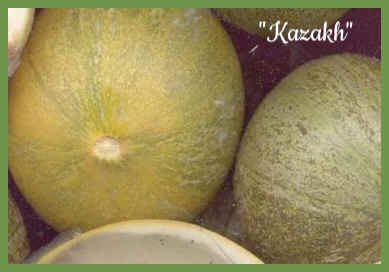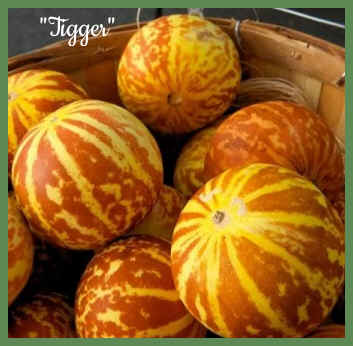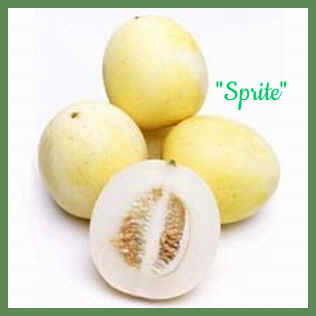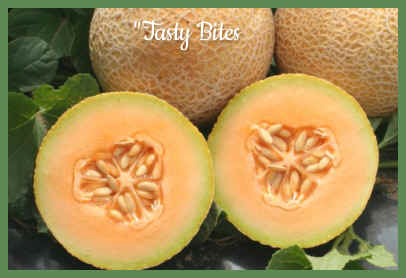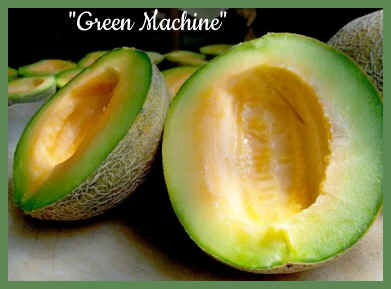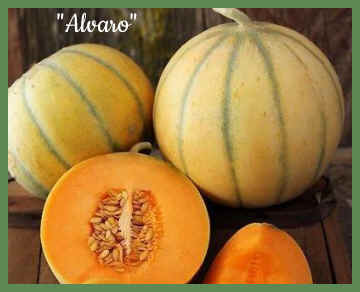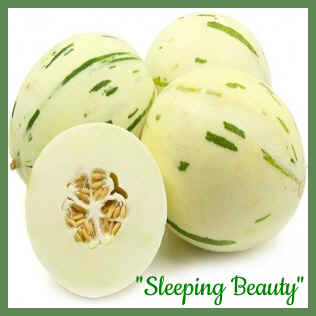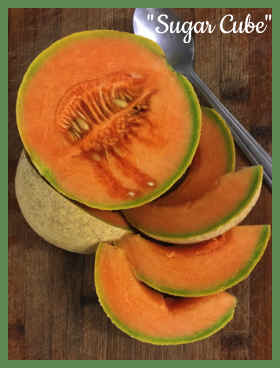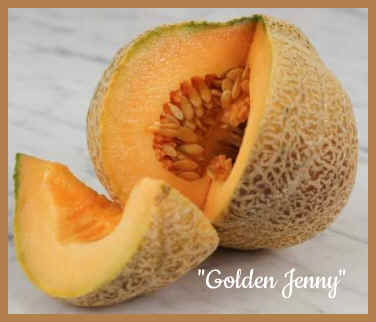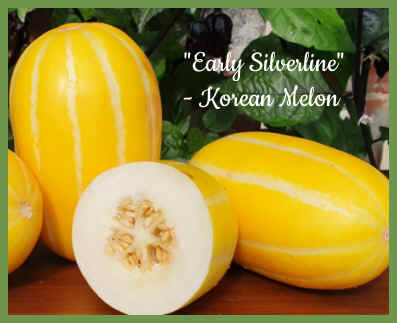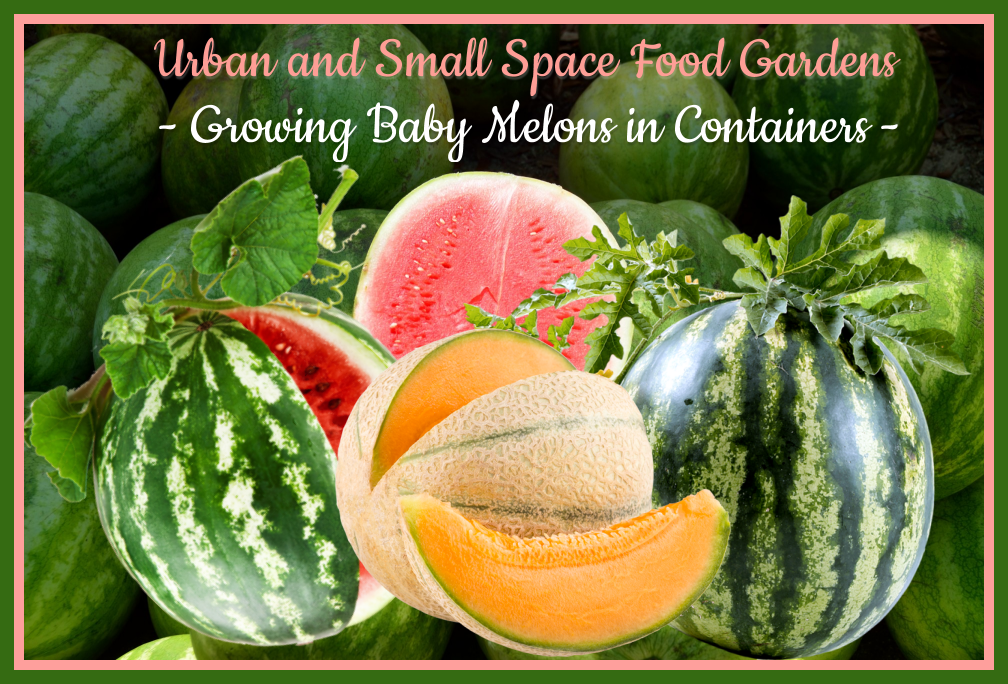 |
|
- Grow Sweet Baby Melons in a small space, on balconies, terraces, and patios Most urban, small-space and patio gardeners
wish they had space for their summer fruit
favorites - Melons. Use the elevated raised garden beds to grow
your melons and other vining fruits and veggies and keep them off the ground,
and contained in a smaller area. Learn how to build your own raised beds here It can be done easily with a garden design plan that includes raised beds, elevated raised garden beds, and large containers. My gardens are mostly above-ground level, and planted in pots and raised beds. Raised beds eliminate damage by the endless parade of rabbits through my yard. These night-time marauders have destroyed a large strawberry patch grown on the ground in one night. Plant damage from soil diseases, fungus and bugs is greatly reduced, and I haven't had to weed at all unless seeds have flown around and dropped into the pots unnoticed. To design an ornamental garden in containers and raised beds, visit this page to see how easy it is To create an ornamental and edible gourd and winter squash garden, visit this page If you would like to grow small melons using the Square Foot Method, visit
this page for info on this type of space-saving gardening for all of your
edibles, and how
many fruit and veggie plants of which types you can grow per square foot. Containers, pots and Raised Beds For Growing Melons in the Urban or Small-Space Backyard Garden Perfect for urban and small garden spaces. Container fruit gardens are much prettier than those grown on the ground in rows that spread everywhere - including over other vegetable plants and flowers. And you can plant closely, produce more food, and control the maintenance and harvest of your crops. My garden is intensely planted with flowers, fruits and herbs, and it only needs to feed one person. It is quite suitable for growing larger amounts of vegetables that can feed a family. Growing off the ground and vertically is making use of another level of planting space, and the empty spaces between the ground and tops of fences. Adding vertical height also adds another point of interest in your decorative garden. Melons and squash have pretty flowers and add ornamental aspects to your garden design. Squash blossoms are edible and quite tasty when deep-fried or candied. Using dwarf heirloom varieties of edibles allows me to actually finish a melon without wasting any. I wouldn't want 15 lb. melons sitting on the counter or taking up all the space in the fridge. The plants produce more than one melon at a time, and I just don't need all that fruit. The "Icebox Watermelons" I am trying out the Heirloom Bush Sugar Baby Watermelon in my little urban garden this season. I'll test them in raised, elevated garden beds and containers. It's a bush type and can grow in 5 gallon buckets, raised beds, and containers - on trellises, or hanging down the sides. I am beginning them from seeds and keeping them under grow lights until well after the last frost date. Which in western Pa. comes near the end of April. Melons are a long-season fruit - those of us in the northeast, want to start early so that the melons ripen before a killing frost. I have found melon seeds easy to germinate. The "icebox watermelon" is a personal-sized watermelon, a dwarf or baby melon size, that fits nicely on the bottom shelf of the fridge. These melons are just the right size, and you don't waste any if you're growing just for yourself. 2-12 pound range, with thin rinds, and are usually much smaller than- full size. They are very sweet and often have a much shorter season. Thinner rinds are common for these. Many do great growing in containers. You can grow them up a fence, if you supply trellises cages, or stakes. Here are several dwarf types of melons that will thrive in containers.
Bush Honey BunThis bush variety is not only compact in stature, but it also bears attractive little fruits. Measuring just 5 inches across, each honey-flavored fruit has deep orange flesh and a classic, netted cantaloupe skin. Each vine produces three or four fruits in about 75 days that fall from the vine when ripe. That's quite handy. Bush Minnesota Midget- HeirloomThis heirloom reaches maturity in just 70 days-Sugary flesh. The very small, compact plants reach only 3 to 4 feet across, and produce numerous fruits, up to six per plant. The orange-fleshed fruits are small, measuring only 4 inches across, making this variety a perfect choice for container growing. Minnesota Midget is great for northern area gardens with shorter growing seasons. SpriteThese Japanese melons are the subject of several university-based breeding programs because of their high production value, marketability and sweet flavor. Each melon weighs only a pound or so and measures about 4 inches across. Their flesh is crisp, like an apple, with a soft, creamy coloration. The smooth, white skin of Sprite melons develops a slight tinge of yellow when the fruits are ripe, and they slip easily from the vine when harvest time arrives. Sprite produces many fruits, and the plants take only 79 days to reach maturity. Tasty Bites These melons are 1 3/4 to 2 1/2 lbs. These are known for having a slightly tropical taste. 70-80 days to harvest. Disease-tolerant and said to have a long shelf life. TiggerThis is the miniature melon to grow if you live in a longer growing season zone. They take longer to reach maturity—90 days. The fruits are definitely sweeter when the vines are grown in dry conditions. The flesh is white, and the smooth skin is mottled with red and orange. Each fruit weighs a little more than a pound, and the vines are very prolific. Green MachineThis miniature melon matures in 85 days and is awesome, not only in flavor and appearance, but also in number. The compact vines produce mass quantities of 2-pound melons, each with green flesh. Fruits fall from the vine when ripe. AlvaroOne of the first to mature each season. With only 65 days to maturity, this type averages just 5 inches in diameter. Its smooth skin ripens to a yellowish-tan accented with dark green ribbing. The salmon-orange flesh is very sweet. Production is great - each plant sets about 6 fruits. Charentais melons do not slip from the vine when ripe; look for yellowing skin and small cracks on the blossom end of the fruits. You can also smell the sweetness when Alvaro is ready to be cut from the vine. Sleeping BeautyBest-known for its compact vine and delicious, yellow-orange-fleshed fruits. Ripe fruits reach only a half-pound in weight, and the netted skin has deep ribbing and turns a pale yellow when ripe. Plants reach maturity in 85 days. Sugar Cube Sugar Cube melons look very much like your average cantaloupe. Its interior flesh is tender and juicy with an exceptionally sweet flavor and vivid salmon-orange color. This petite melon is known as a "breakfast" type melon and will at maturity weigh no more than two pounds. First Kiss Early 1-2 lb melons ripen in 71 days. Firm and sweet flesh. A netted rind and good disease resistance. The melons will slip from the vines when ripe. Golden JennyThis bush-type melon is a yellow-fleshed, short variant of the classic heirloom, Jenny Lind. Both selections are unique for the turban at the blossom end of the fruit. A Golden Jenny’s is super sweet, and its netted green skin turns yellow when the fruits are ripe. Mature fruits also slip easily from the vine. An early, productive variety that matures in about 75 days, Golden Jenny’s short, bushy vines don’t take up much room, but they produce prolifically. Early Silver LineThis Korean introduction matures in 75 days. The oval-shaped, smooth, yellow-skinned fruit is highlighted with silver striping, and each small melon weighs between 1 and 2 pounds. The white flesh is very crisp and sugary. It will be one of the first melons to produce fruits, even in northern climates. KazakhA mini melon with a lot of sweetness, each 1- to 2-pound green fruit turns golden yellow when ripe. An Asian variety, Kazakh’s fruits are perfectly round orbs, and the vines are drought-resistant, early producers. Vines reach maturity in about 75 days and work beautifully on a trellis or fence. Urban and Small Space Melon-growing Tips Growing melons and cantaloupes in pots only requires that you use about a 5-gallon container with drainage holes, and you can grow it vertically or horizontally. The 5 gallon utility pails found at home centers are cheap, have handles, and are easy to move around. I grow my tomatoes and dwarf vining veggies in these. Grow Melons in Elevated Raised Garden Beds - No sprawling, no bending, no kneeling, no weeds, water-saving, and almost no bugs. Traditional raised beds lack a bottom and are fairly large in size, while containers have a base to contain the soil and are far smaller than a raised bed. Elevated raised bed gardening combines the best of both worlds. With this method, the soil is completely contained and the growing area is substantially sized. Your garden is also at the height for easy care and harvest. Your plants and fruits stay clean, and the pollinators will find it easier to find the blossoms to pollinate. I don't wait for our short season last frost date to begin planting for melons or squash. I start seeds for melons 6-8 weeks before our last frost date, in seed starting trays with dome lids to hold in moisture, and I use the deeper pot size. 6 cells in the seed starting tray, rather than the usual 12 itty bitty ones. These larger cells produce beautiful and sturdy 4 inch+ plants with a good root system, ready to plant outside, without an additional transplant pot. I sometimes start my seeds directly into the pots I will be using outside, to avoid any root disturbance when transplanting. But melons generally need a long season, and I live in a short growing season region (zone 6). So indoor starting is best. I use plant grow lights (clip on, tabletop, and stands with arms) indoors all winter for all frost intolerant and baby plants. My seeds germinate better and the growth rate is superb using the lights, and seed boxes with the clear dome lids for needed humidity. I plant the seedlings in a combination of mostly compost and some good potting soil when I plant them in the outdoor pot or container. Melons can be grow very well in the home center 5 gallon buckets, if you drill holes in the bottom. The handles are bonus, and I can easily move the plant, if I need to. And they cost less than $5 each. As opposed to the 5 gallon-sized planters I pay $25 for. If you don't like the orange pails, there are white ones available for a little bit more. I use the utility pails for tomato plants and root crops. Place your melon plants where they will get at about 8 hours of sun. If you want the plants to grow out and not vertically, you can place your container wherever you like in your yard, and let the vines grow out. A rubber mulch or straw protects the plants from bugs and keeps the fruit from laying in water. Do not grow them horizontally with the vines creeping along cement sidewalks or driveways. It is too hot and will burn your plants. Melons are heavy feeders. I use fish emulsion and epsom salts monthly on all of my garden plants. I do not use chemical fertilizers or pesticides anywhere in my gardens. I do use Neem Oil and Diatomaceous Earth to kill pests and cure any fungus or mildew problems. Melons love water, but not so much that the ground is wet all the time. If you're growing them on the ground, use the soaker hose method. If you're using a regular hose, water the bases of the plants, try not to water from above. It's easy to rot the plants or cause a fungal infection, and you can't tell if the roots of the plants are getting watered, because the leaves might block some water. Water mornings or early evenings to let the plants dry off and prevent burning them in hot sun. Buy, plant, and save heirloom and non-GMO seeds. Sources |
|
Quick Links |
Design, graphics,
articles and
photos ©2022 marysbloomers.com™
All rights reserved.

